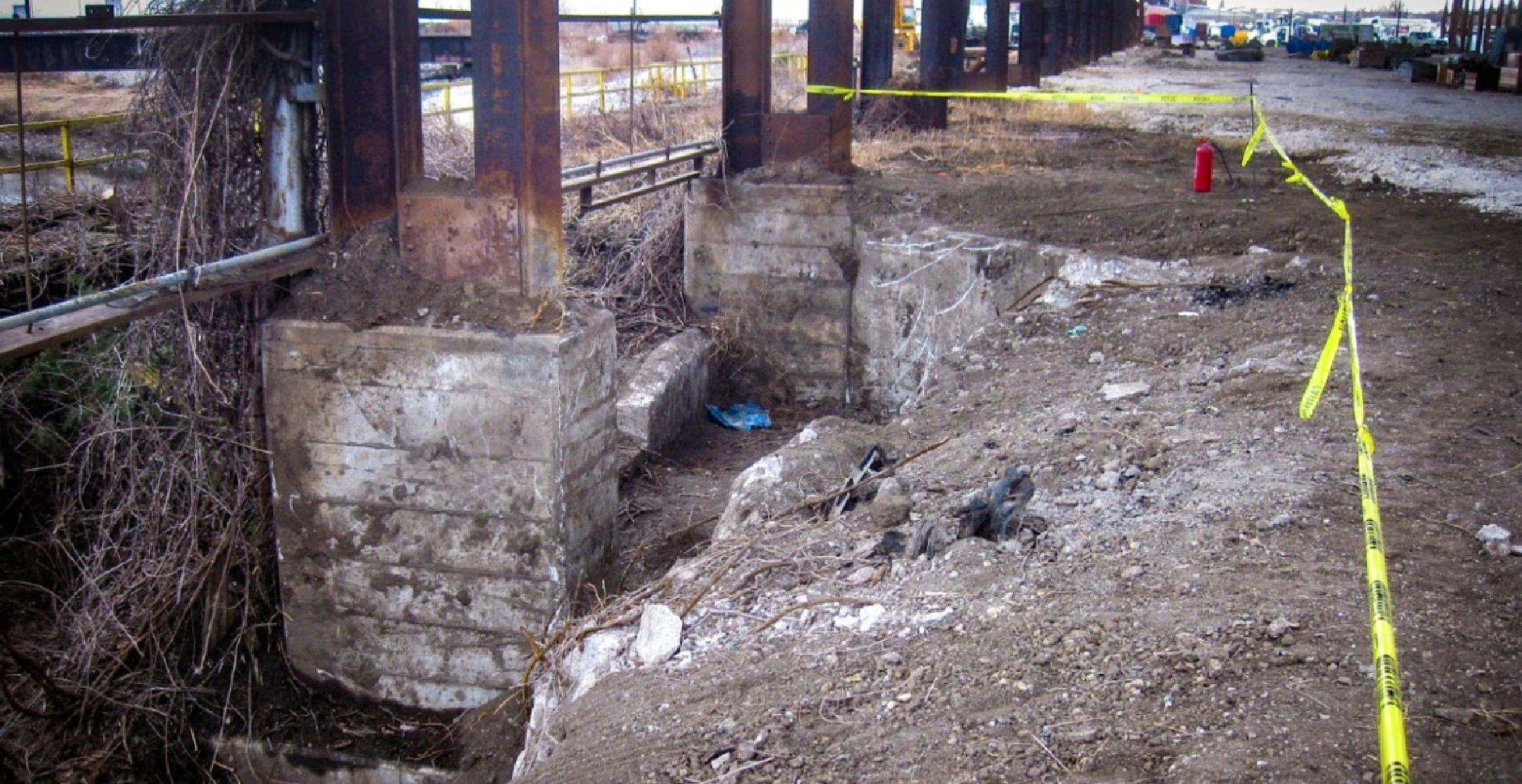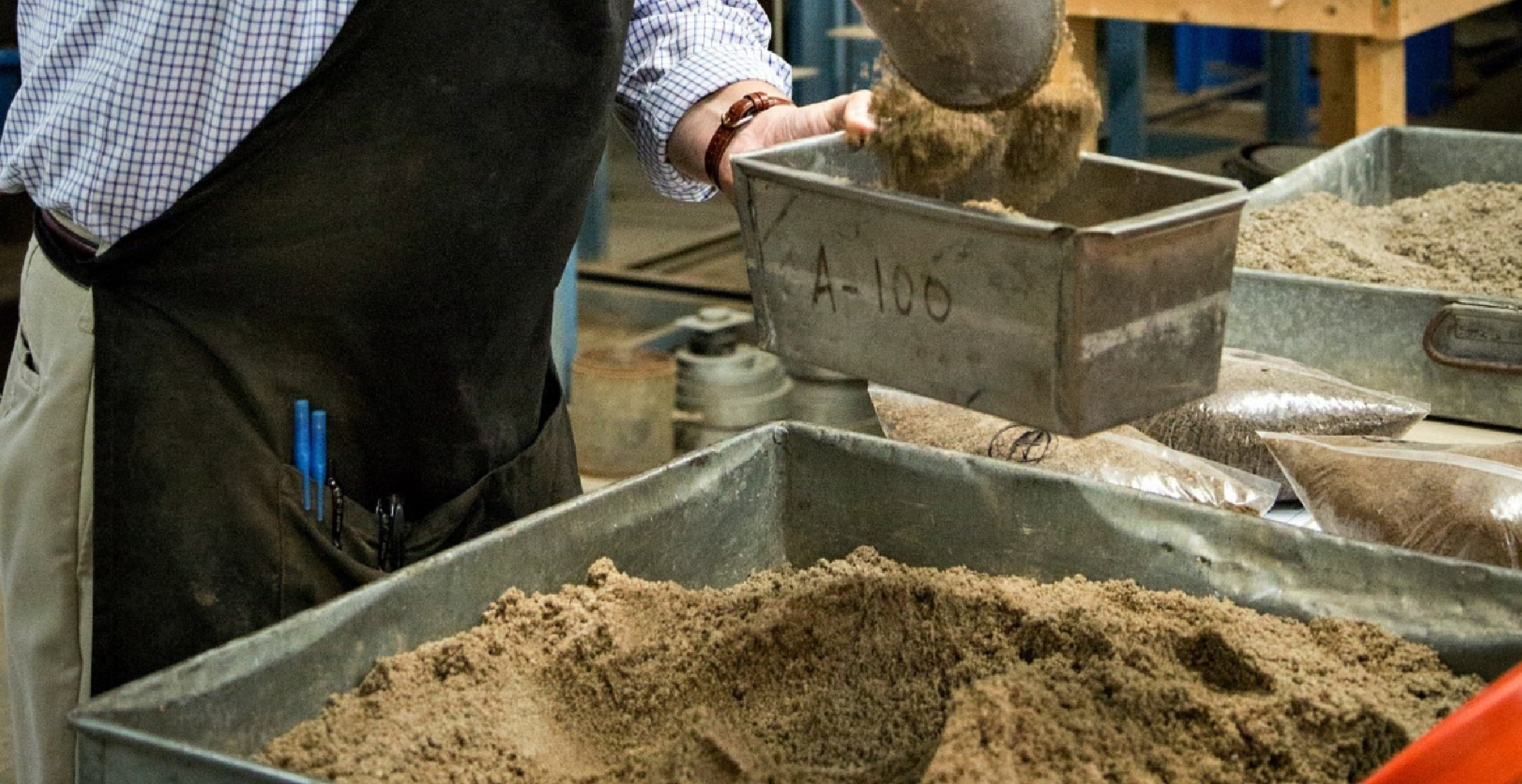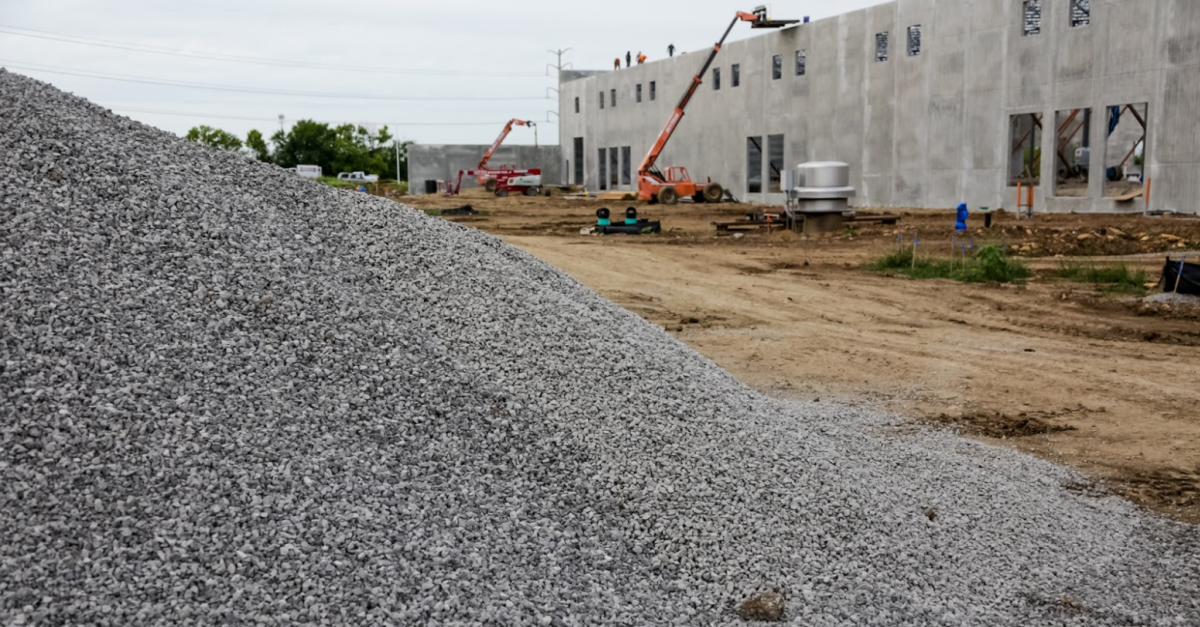If you’re crunching construction numbers and feeling thrifty by stringing together low bids for various geotechnical and Special Inspections needs, you’re missing the bigger opportunity. Sticking with the same partner for all geotechnical and Special Inspections work is really a smarter way to go. Here’s why consistency translates to value.
Streamlined Collaboration
Way back when it made sense for geotechnical firms to expand their specialized work to include Special Inspections. Validation and verification of soil assumptions at the start of a construction project went hand-in-hand with validation and verification of materials and processes throughout the project.
But over the years, aggressive cost-control efforts have tempted some builders to break up inspection work and award it to multiple contractors based mainly on low bids. It’s a penny-pinching system that quietly skips over the real-world value of sticking with a single, knowledgeable inspections partner.
“Experienced builders have already learned that dividing inspections work up among low bidders can backfire,” says AOG Business Director Blake Bennett. “They look beyond budgeting software outputs to find a single, geotechnical and Special Inspections partner they can collaborate with from start to finish. It just makes sense and works better in a way you can’t see on a spreadsheet. A single partner is always going to be more responsive and more invested.”

Close collaboration in the office and in the field is easier and more productive with one partner.
There’s a reason Alpha-Omega Geotech is often hired to oversee the entire project (the Alpha to the Omega) in most cases. It doesn’t take an engineer to figure out collaboration is easier when you stick with the same group of engineers and technicians from the start. If you hire one company for the geotechnical investigation and use another firm for inspections, you’ll likely wind up spending more time working with both and they’ll spend little time working with each other.
“After the geotech engineer finishes the investigation and issues a report, he checks out and moves on. Then the next firm has to come in and interpret the first firm’s data… and interpretation of geotech data can really vary. There may be questions or even confusion over the data,” explains Bennett. “So it slows everything down right as the project gets going.”
The same geotechnical report in different hands often leads to more red tape when unexpected conditions arise. Bennet says it can mean important missed opportunities.
“If actual soil conditions don’t match assumptions in the geotechnical report, the firm that authored the report may have ideas for quick adjustments to keep things moving. But if their role has already ended, a different firm brought in after the report is issued may want to do things very differently that are more expensive or excessive. Typically, if soil conditions change, you want the guy who originally investigated the site to deal with them. It’s usually the fastest, most efficient way to straighten things out, especially in complicated situations.”

A subgrade of unknowns required AOG’s ongoing involvement at Custom Truck One Source in Kansas City’s Blue Valley Industrial Corridor.
Quality and Confidence
Minimizing time spent on collaborating, interpreting data, and fielding the unexpected is a major benefit of working with just one partner. The inherent consistency also translates to greater confidence in the quality of the work.
“When you’ve got the same partner working through the entire project, they’re going to have the added advantage of understanding all the various pieces they touch and how it all works together,” says Bennett. “They’ve done the subgrade investigation and made the recommendation, so they’re already thinking about the best way to get that specific project out of the ground. Inspections come next and naturally build on the quality set by all the geotech.”
Special Inspections focus on ensuring compliance with designs and decisions usually made by architects and structural engineers. Inspections can range widely from concrete pouring and coring, rebar and foundation installation monitoring, to welding connections and high-strength bolting, fire-stopping, and fireproofing. Bennett says the benefits of having the same partner validate the integrity of everything from the ground your project is built on, to the connection of steel beams that raise it into the sky, are hard to put a price on.
“You’ve got a partner at your side, ensuring quality every step of the way. He’s sensitive to what you’re trying to do and mindful of how it all comes together in the project’s big picture. Every additional inspection builds on the other inspections in some way, ensuring a thread of consistent quality rather than just checking off a list of requirements.”

Soil testing back at the AOG Laboratory is always on a fast track to keep projects moving.

Sealing up fresh concrete mixture samples for analysis.

Rebar placement and spacing must accurately match project drawings and engineering decisions.
A Sense of Ownership Brings Best Results
When geotechnical work and Special Inspections are divided among multiple firms, each firm feels a smaller bond to the project. Contributions feel more like tasks, and connections to larger project goals are fleeting. When a partner is hired as a single-source solution from geotechnical investigation all the way through Special Inspections, a greater sense of ownership and responsibility evolves to champion the project.
“You feel like you’re part of a bigger mission,” says Bennett. “You take ownership for your piece of the puzzle and think in terms of the best interests of the overall project as well. You have more skin in the game and feel a deeper commitment.”
Beyond the straightforward completion of a series of tasks, a partner that’s relied on throughout a project becomes a true partner. They embrace the accountability and rewards that come with a larger relationship shaped by a shared commitment and strengthened by shared challenges. They find themselves invested and motivated by achievement more than invoices. Ultimately, they build structures and relationships that become a defining source of pride.
“That’s what all the best firms want,” says Bennett, poring over proposals scattered across his desk at AOG headquarters. “We all want to do the highest-quality work possible and that begins with being put in the best position to do it.”

